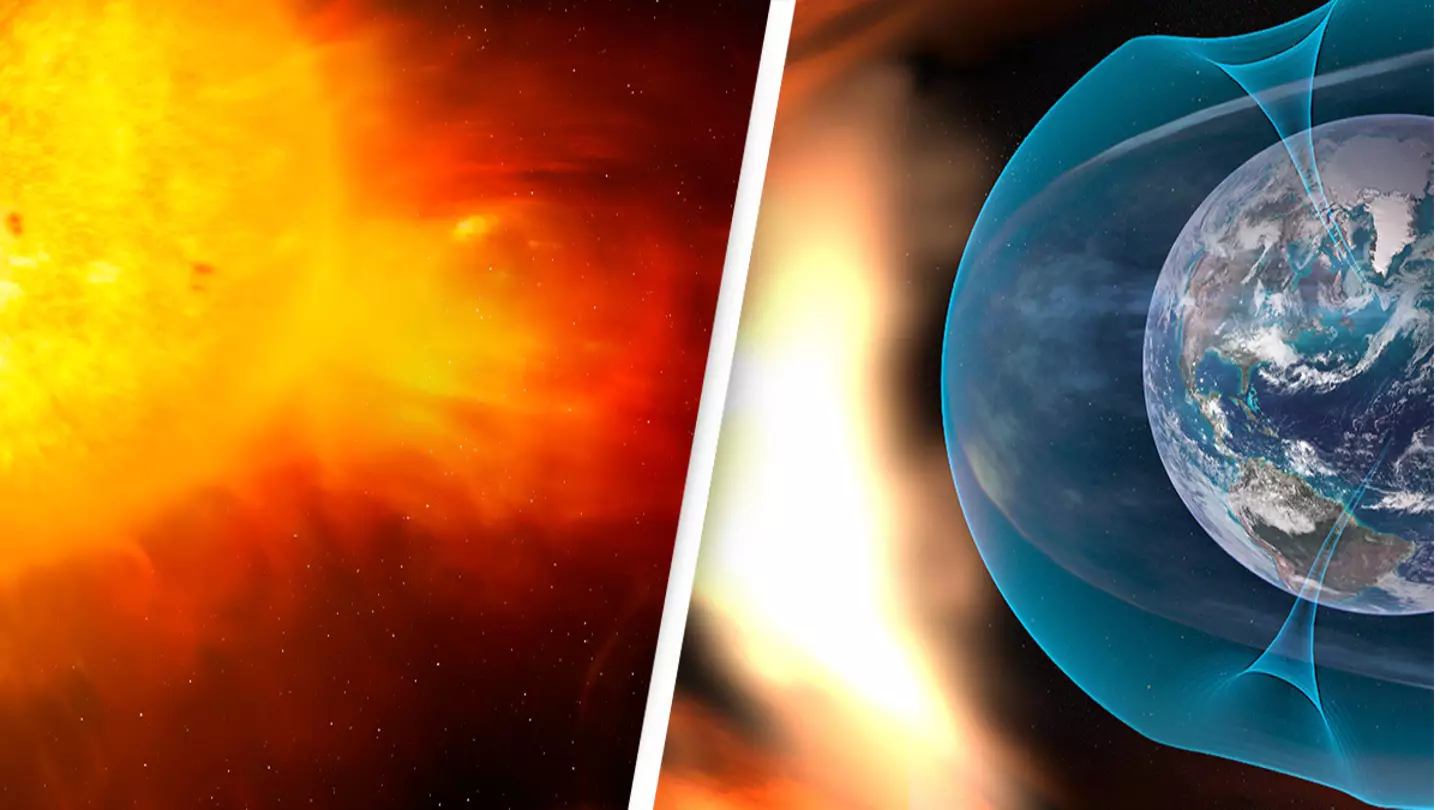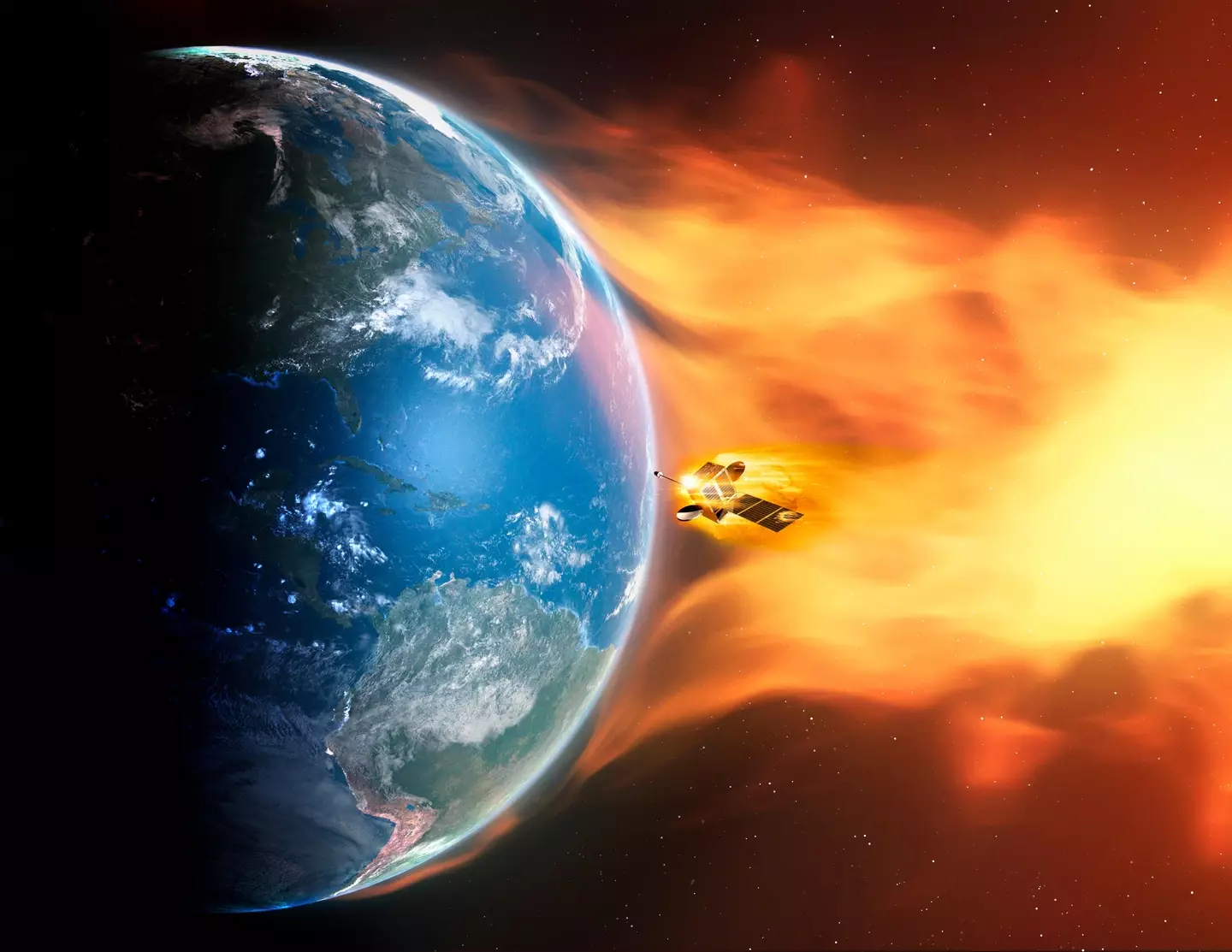
The atmosphere of the Earth was cracked open the other day by a powerful gust of solar wind, which has the potential to cause a geomagnetic storm.
Don’t worry, this isn’t the sort of thing that is going to bring about the apocalypse – although that might be a relief these days – but it is an interesting scientific occurrence.
It’s also quite complicated, so you’ll probably have to bear with us a bit here.
Advert
According to the US National Oceanic and Atmospheric Administration (NOAA), a geomagnetic storm is defined as ‘a major disturbance of Earth's magnetosphere that occurs when there is a very efficient exchange of energy from the solar wind into the space environment surrounding Earth.
‘These [events] result from variations in the solar wind that produces major changes in the currents, plasmas, and fields in Earth’s magnetosphere.’
Got all that?
Good.

So, G1-class geomagnetic storms – the class that was caused by this latest gust of solar wind – isn’t known to be harmful to humans, but it can definitely mess with the satellite systems hovering around our planet, as well as power infrastructure.
Advert
It’s not clear yet where the gust that crossed paths with the Earth on Monday came from, but it’s pretty likely that it came from a coronal mass ejection (CME).
As you might have picked up on, a coronal mass ejection is when a large amount of high-energy radiation is spat out of the sun.
You might have heard of a solar flare, and that’s pretty much what we’re on about here.
Those flares then crash into the magnetic field of the Earth, causing what we call ‘solar storms’.
Advert
This particular mass ejection seems to have come from a sunspot called AR3165, which is a huge area of the surface of the sun.
Obviously, the sun is pretty unfathomably massive, but sunspots are dark areas in the photosphere that are caused by ‘intense magnetic flux pushing up from further within the solar interior’, the NOAA said.
According to Live Science, AR3165 put out around eight solar flares that actually caused some radio blackout over the Atlantic Ocean.
So, that gives you an idea of what can happen.

More storms could be on the way, too.
Advert
SpaceWeather reports that December 21 could see more G1-class geomagnetic storms because of a ‘side-by-side pair of solar wind streams’ that will wing our planet’s magnetic field.
They added: "The gaseous material is flowing from a double hole in the sun's atmosphere.”
See, told you it was an interesting scientific phenomenon, even if we don’t perhaps understand absolutely everything about it.
OK, well you made it to the end of the article, at least.
Topics: World News, Science, Space, Weird, Weather
